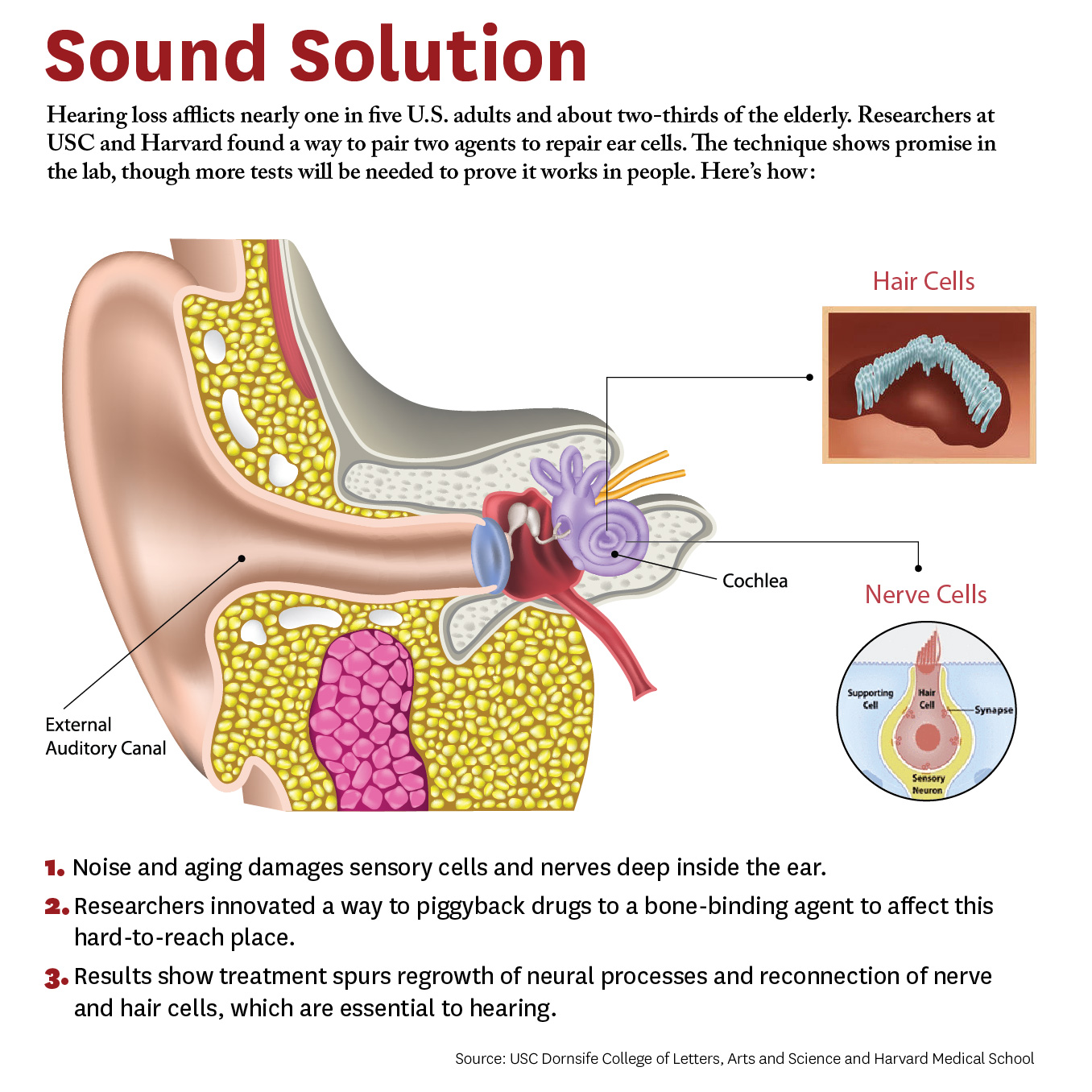By Dr. Bruce L. Douglas
I am a 93-year-old healthy adult with hearing loss. Many parts of my body don’t work perfectly right anymore, but my hearing loss is my biggest physical difficulty.
When it comes to hearing loss, I’ve been there and done that. Despite the fact that I am legally deaf, I can hear. Why? Because I’ve stubbornly fought back every time a hearing pitfall appeared in my path.
The reason I can hear is because I refuse to give into my disability. I try out every kind of useful assistive hearing device I can lay my hands on or is given to me by my Department of Veterans Affairs (VA) audiologist. I’ve become a hearing loss activist and fight for coiling of public facilities whenever I have the chance to do so. And I recently had a cochlear implant installed about a year ago.
As a boy, I remember always taking a seat at the front of the room, when most other kids would vie for one in the back, so they could cheat on exams without being seen by the teacher. I didn’t realize how poor my hearing was until I was reprimanded for inconspicuously (I thought) using a nail clipper under my desk in my elementary school classroom. I had no idea because I couldn’t hear it!
I tried to come to terms with my hearing loss for many years. I refused to hide in corners of rooms and restaurants, and dealt with my problem largely by disclosing my hearing loss to people and asking for their cooperation in our verbal relationships. My early hearing aids only allowed me to hear sounds but not comprehend them, so I learned to lip read and stare at my companions, often to the point of distraction.
I have presbycusis, I’m suffering from acoustic trauma from my time in the Korean War, I have sensorineural deprivation, and I’ve experienced every imaginable kind of sound and sensation in the form of tinnitus.
Call us what you will, but don’t ignore us; don’t make fun of us. Most importantly, respect us; and treat us as equals. Be patient with us and accept the reality that we have an invisible condition that wove its way into our nervous system, most often beyond our control, and we do all we can to listen to you and respond to the best of our ability.
Dr. Bruce Douglas is a Professor of Health and Aging at the University of Illinois at Chicago School of Public Health. He is a participant in HHF’s Faces of Hearing Loss campaign.
Receive updates on life-changing hearing research and resources by subscribing to HHF's free quarterly magazine and e-newsletter.















